Making the jump from taking pictures with your smartphone to something a bit more substantial can be overwhelming. Between all the different camera brands, styles and features offered, many beginners don’t even know that they should be looking for.
Whether you are a hobbyist or an aspiring professional photographer, this camera buying guide will help you to make an educated purchase.
Types of Cameras
Point and Shoot
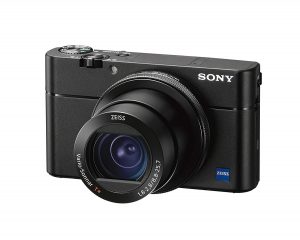
Point and shoot cameras like the Sony RX100VA are great if you don’t want to deal with interchangeable lenses. They have smaller sensors, built-in flash, a fixed lens and are compact.
DSLR
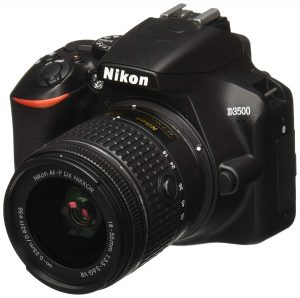
A DSLR has interchangeable lenses, a larger sensor and uses a mirror to take pictures. Some models also have a built-in flash. DSLR’s can be large and heavy in size. The Nikon D3500 is a great starter DSLR.
Mirrorless

Mirrorless cameras have become popular in the last few years. They also have a larger sensor, interchangeable lenses and some models have a built-in flash. The greatest distinction from a DSLR is that – as the name implies – mirrorless cameras use a digital imaging sensor to capture images instead of a mirror. These cameras are generally a little more expensive than the other two options. Check out the Sony Alpha a7IIk.
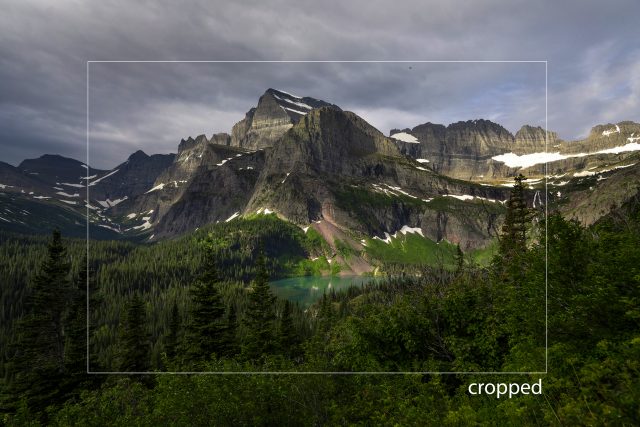
Camera Sensor
The sensor replaced film in the digital age. Today’s camera sensors mostly come in two sizes – a full-frame sensor or a cropped sensor. The main difference between the two is the field of view. If you were to take the same image, with the same lens, in the same spot, the crop sensor image would have a smaller field of view.
Full-frame Camera
A full-frame camera has a large sensor that is equal to the 35mm film format.
Pros
- Larger field of view.
- More dynamic range.
- Better low light performance.
- Shallower depth of field.
Cons
- Camera costs more.
- Lenses cost more.
- Heavier.
Crop Sensor Camera
Pros
- Lighter Camera.
- Cheaper lenses.
- Increased telephoto range for wildlife photography.
Cons
- Less dynamic range.
- Doesn’t perform as well in low-light.
Most people start on a crop sensor camera. For beginners and hobbyists, a crop sensor camera will be more than adequate. If you are hoping to turn photography into a career someday, I would recommend buying a full-frame camera from the get-go. While you can always upgrade later, you will lose money on the resale of your old camera and lenses should you choose to upgrade.
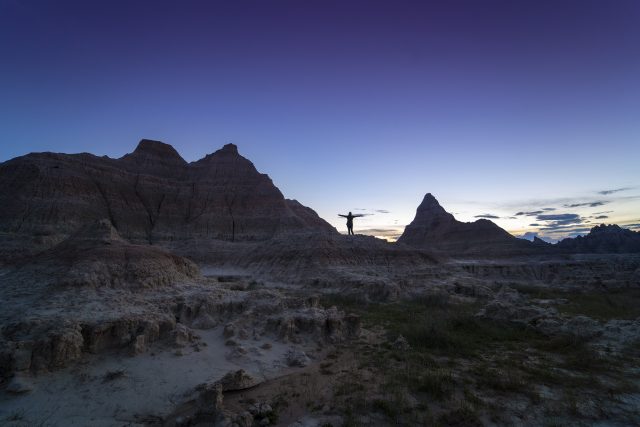
ISO Capabilities
Another specification to consider when buying a camera is the ISO range. Along with aperture and shutter speed, ISO is one of the three elements that factor into the exposure of an image. ISO controls how sensitive your camera is to light; it can range anywhere from 50 to 204,800. If you know you want to do nighttime photography or you know that you will be shooting in low light situations, make sure to buy a camera with a high ISO range.
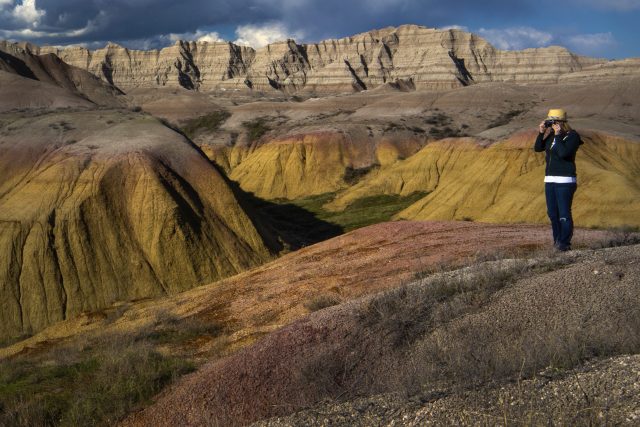
Size and Weight
If you plan to tote your camera around with you, you will want to research the size and weight of a camera before hitting the buy button. A point and shoot camera is going to be your lightest and smallest, whereas a DSLR will be much larger and heavier. The mirrorless falls right in between the two.
Many pro photographers are ditching their DSLRs and moving to a mirrorless camera because of the weight difference. Would you rather hike with 10 pounds of camera gear on your back or 6 pounds? I shot with a DSLR for over a decade before making the switch to a mirrorless camera last year. I absolutely love the size and weight of my mirrorless camera and I don’t regret it one bit.
Brand
There are three major brands in camera production and technology – Nikon, Canon and Sony. Sony is leading the way for mirrorless cameras.
Camera lens manufacturers know that these three companies sell the most cameras, so they build more lenses that are compatible with them. You will also find more flashes and accessories, and have an easier time selling your used equipment.
Wi-Fi
Many cameras now come with built-in Wi-Fi. I love this feature for when I am on the road and want to post a few pics from my phone. I can easily transfer images from my camera to my phone, do a quick edit and post them online.
Top Camera Picks
If you are in the market for a new camera, see my top picks below.
Best Point and Shoot: Sony RX100VA
Best DSLR Crop Sensor: Nikon D3500
Best DSLR Full Frame: Nikon D850
Best Crop Sensor Mirrorless: Sony a6400
Best Full-Frame Mirrorless: Sony a7 III
When you make a purchase through a third-party link, AAA Northeast could receive revenue. As an Amazon Associate, we earn from qualifying purchases.
Which camera would you consider purchasing? Did you find these tips helpful? Tell us in the comments.
Once you get your new camera, test it out with these travel photography tips for the average shutterbug.
Beth Mancuso is a professional photographer. All photos are hers.
2 Thoughts on “Camera Buying Guide for Beginners”
Leave A Comment
Comments are subject to moderation and may or may not be published at the editor’s discretion. Only comments that are relevant to the article and add value to the Your AAA community will be considered. Comments may be edited for clarity and length.







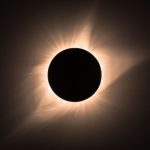








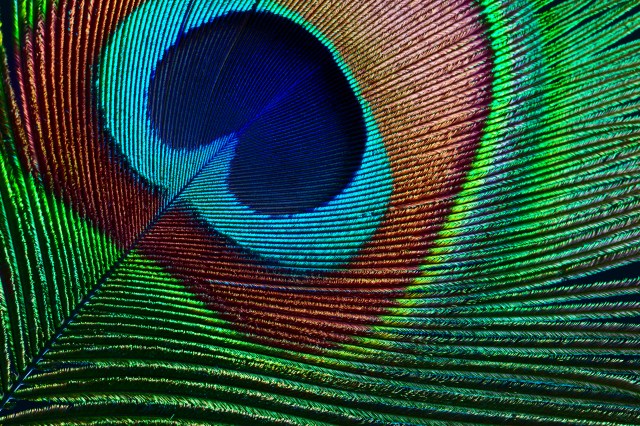
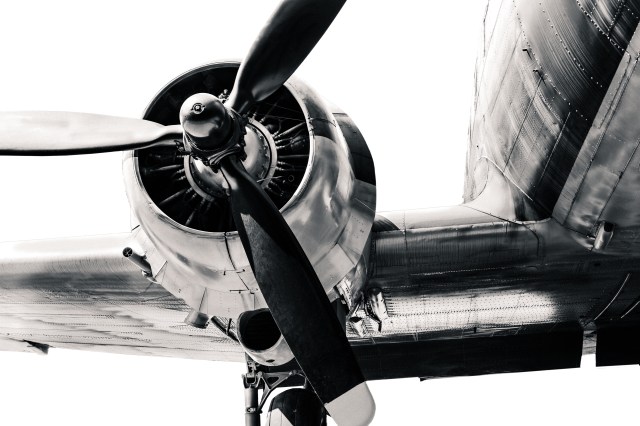

I like the AAA Daily Guide, Very Easy for getting Information.
Great guide . Very helpful.